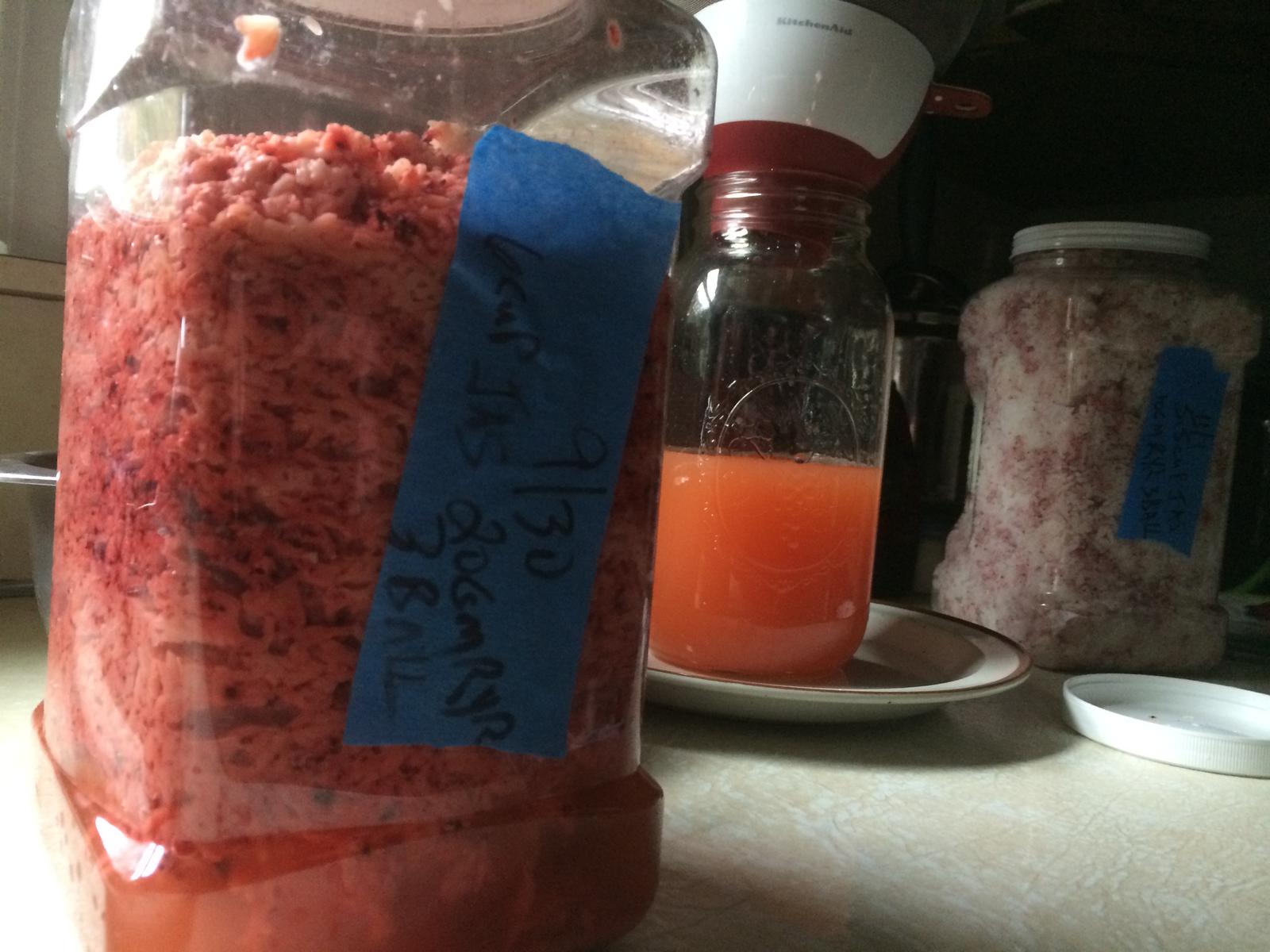3 days in on a small tester batch, the rice has already reduced in size by a third and plenty of liquid/bubbles. Need to fine tune my rice cooking for a bigger batch, only ever cooked brown basmati before and the white jasmine really threw me a curve ball.
View attachment 229671
Sent from my iPad using Home Brew
View attachment 229671
Sent from my iPad using Home Brew

















![Craft A Brew - Safale S-04 Dry Yeast - Fermentis - English Ale Dry Yeast - For English and American Ales and Hard Apple Ciders - Ingredients for Home Brewing - Beer Making Supplies - [1 Pack]](https://m.media-amazon.com/images/I/41fVGNh6JfL._SL500_.jpg)
































